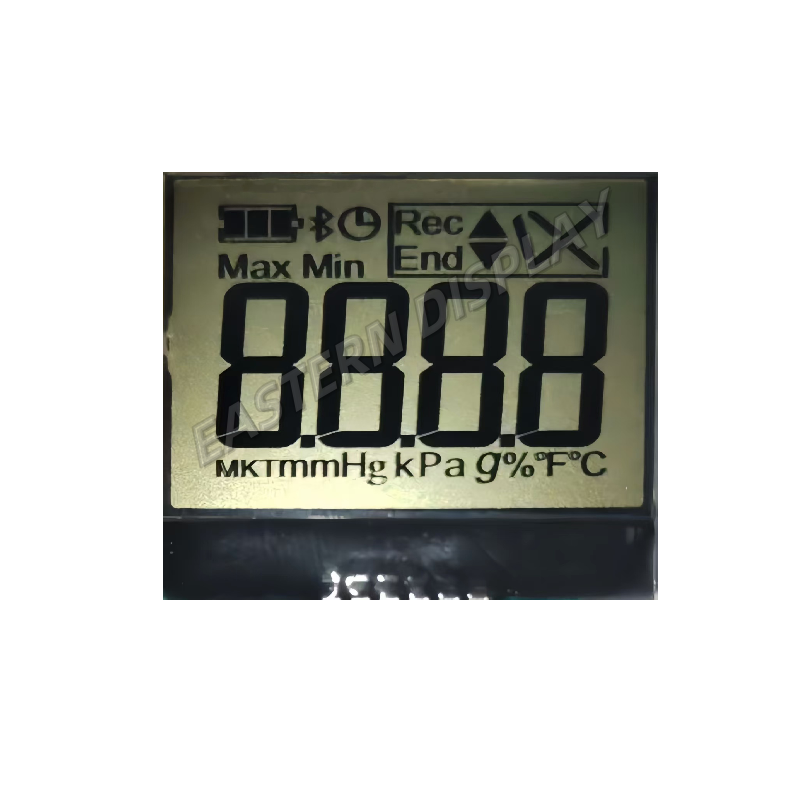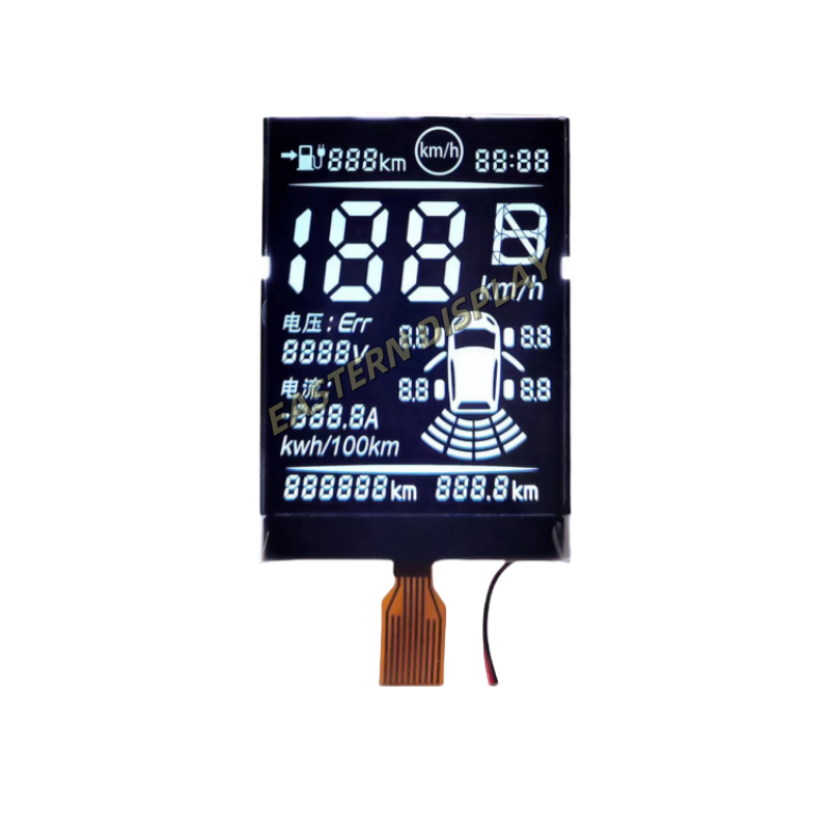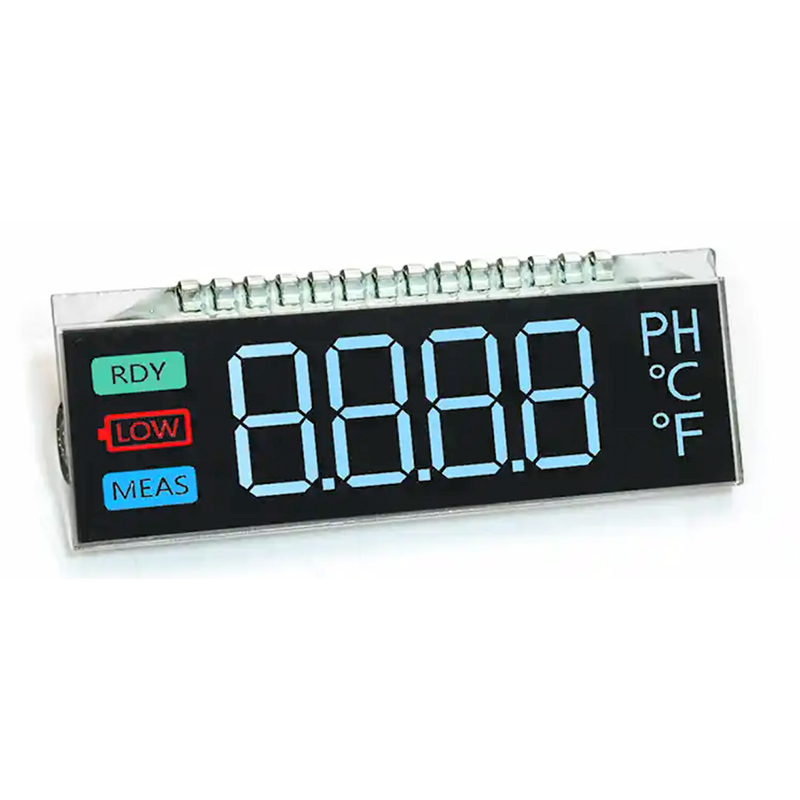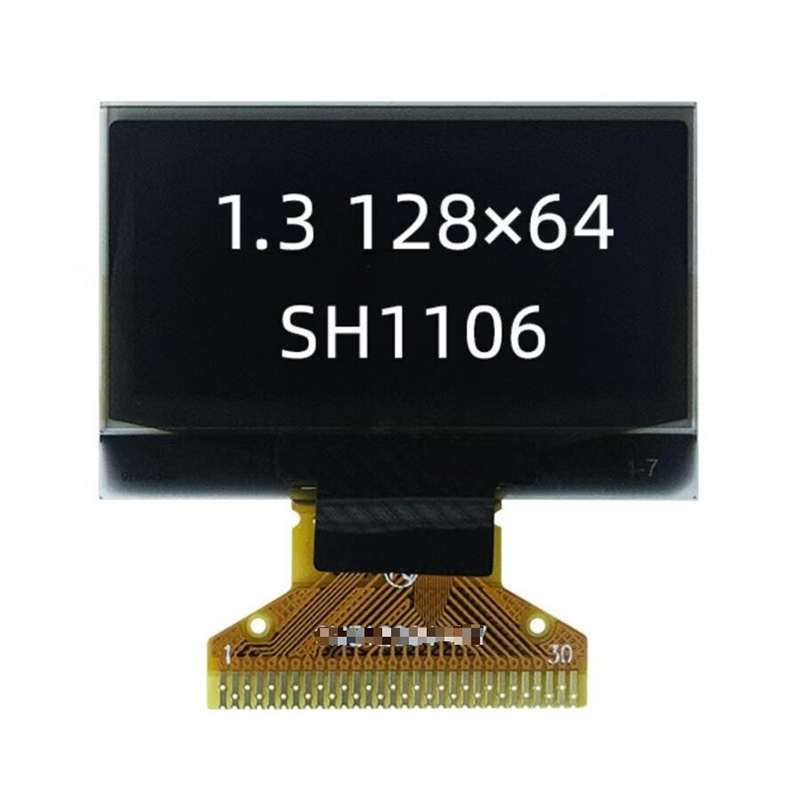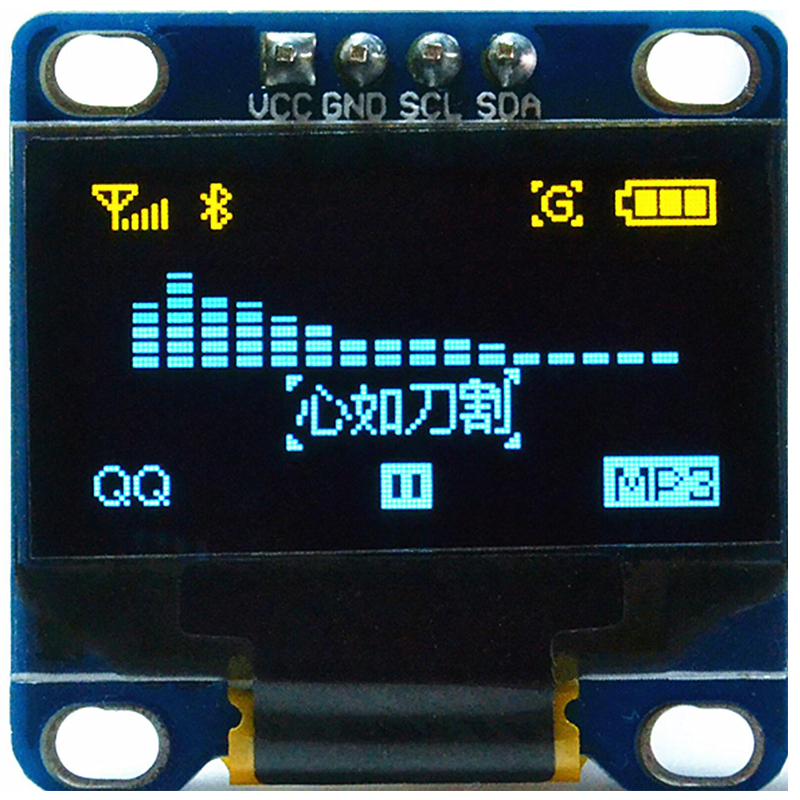
This comprehensive guide explores the Serial Peripheral Interface (SPI) bus on the Raspberry Pi, covering its fundamentals, practical applications, and advanced configurations. Learn how to utilize this versatile communication protocol for diverse projects, from simple sensor integration to complex data acquisition systems. We'll delve into wiring diagrams, code examples, and troubleshooting tips to empower you to confidently harness the power of the Raspberry Pi SPI interface.
The Serial Peripheral Interface (SPI) is a synchronous, full-duplex communication bus used for short-distance communication, primarily between a microcontroller (like the Raspberry Pi's processor) and peripheral devices. Unlike I2C, SPI doesn't require an address for each device; instead, it relies on selecting devices through a chip select (CS) pin. This makes SPI inherently faster than I2C for certain applications. The Raspberry Pi SPI interface is a powerful tool for interacting with a wide variety of sensors and other peripherals.
Before you can use the Raspberry Pi SPI interface, you need to enable it. This involves modifying the Raspberry Pi's configuration file. Here's how:
sudo raspi-config).After rebooting, you can verify that the SPI interface is enabled by checking the contents of /boot/config.txt. Look for the line dtparam=spi=on. This confirms that the Raspberry Pi SPI interface is correctly configured.
Python provides a straightforward way to interact with the Raspberry Pi SPI interface. The `spidev` library is commonly used. Here's a basic example of sending and receiving data:
import spidev# Create SPI objectspi = spidev.SpiDev()spi.open(0, 0) # Bus 0, Device 0# Send and receive datadata = spi.xfer2([0b00000000, 0b11111111])print(data)spi.close()Remember to install the `spidev` library using sudo apt-get update && sudo apt-get install python3-spidev.
The versatility of the Raspberry Pi SPI interface makes it ideal for a wide range of applications. Some common examples include:
Sometimes, issues arise when working with the Raspberry Pi SPI interface. Common problems include incorrect wiring, driver conflicts, and software bugs. Careful checking of your wiring diagram and code is crucial. Consulting online forums and documentation can often help resolve these problems. If you are looking for high-quality LCD screens for your Raspberry Pi projects, consider exploring the options available at Dalian Eastern Display Co., Ltd. They offer a wide range of displays compatible with the Raspberry Pi's SPI capabilities.
The Raspberry Pi SPI interface is a powerful and versatile communication protocol, ideal for a wide array of projects. This guide has provided a solid foundation for understanding and utilizing this crucial aspect of the Raspberry Pi ecosystem. By understanding the fundamentals, configuring the interface correctly, and utilizing appropriate programming techniques, you can unlock the full potential of SPI for your embedded systems projects.

